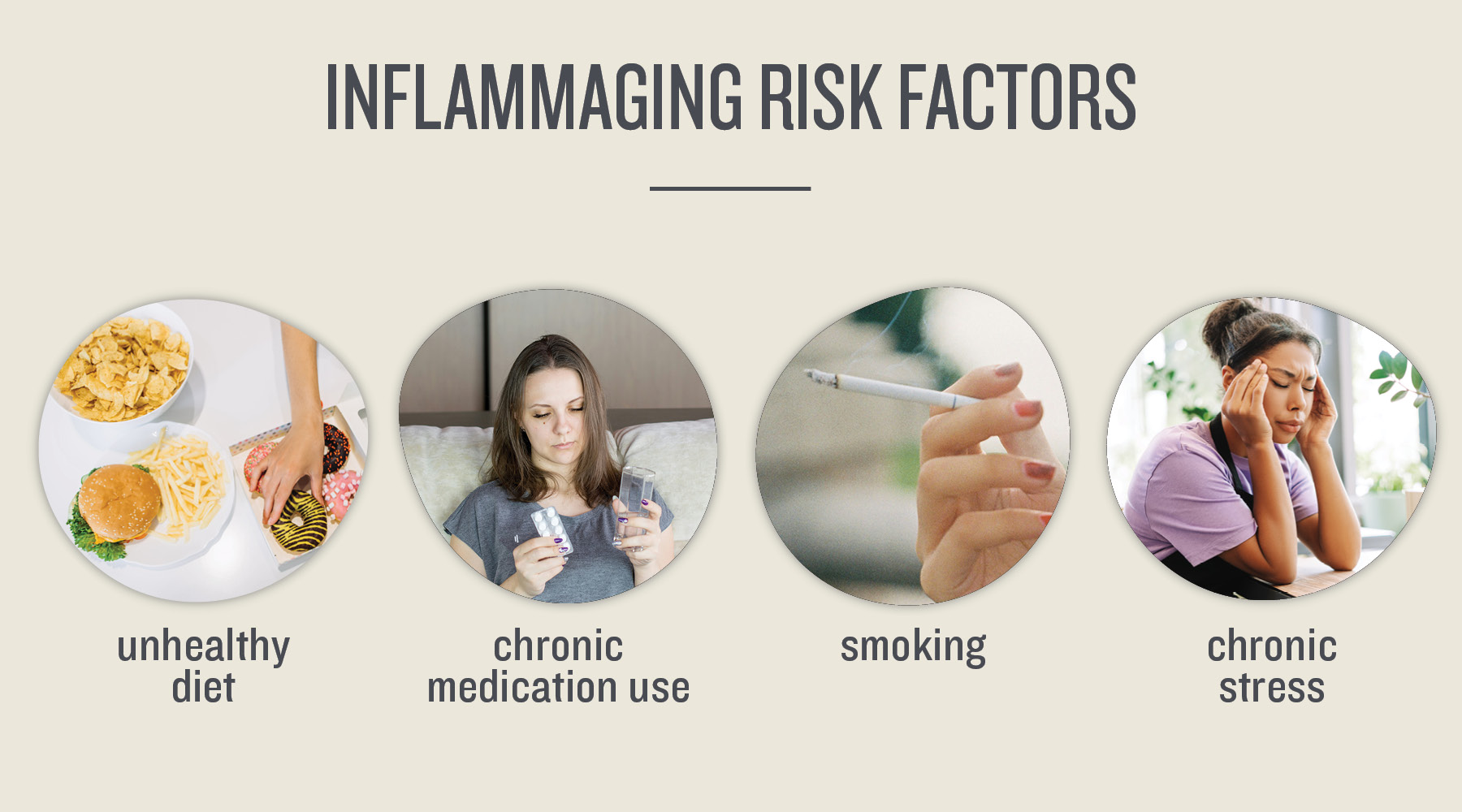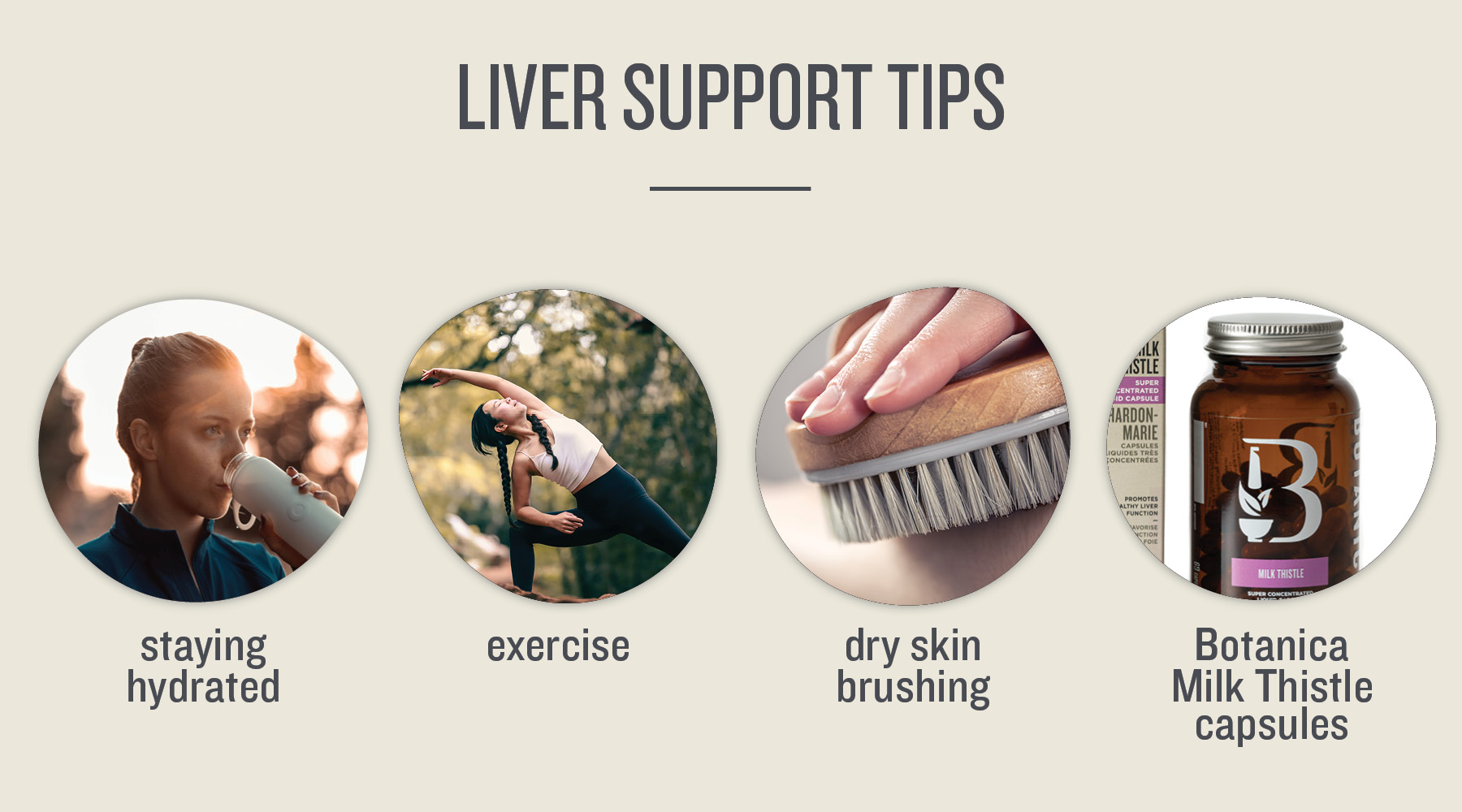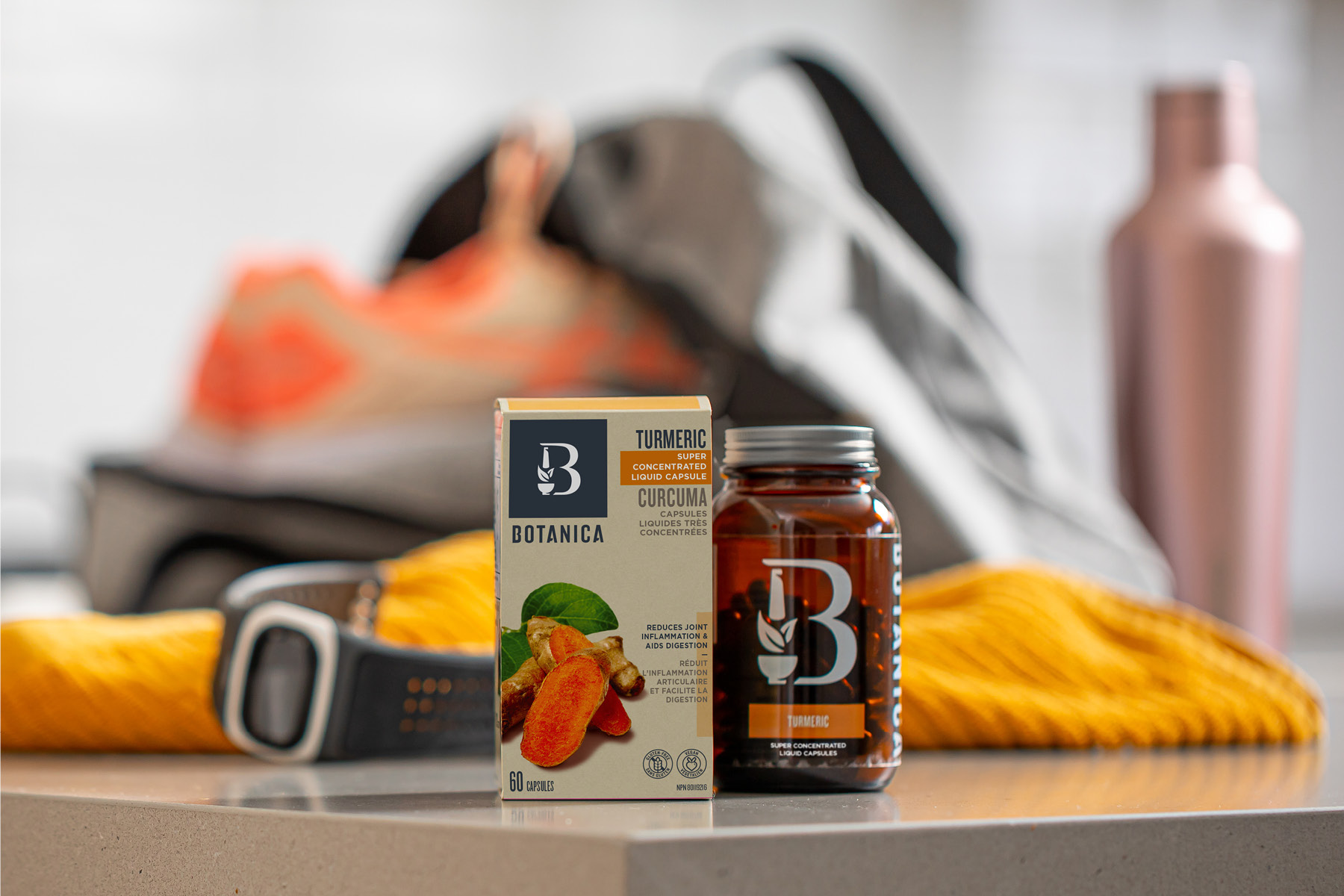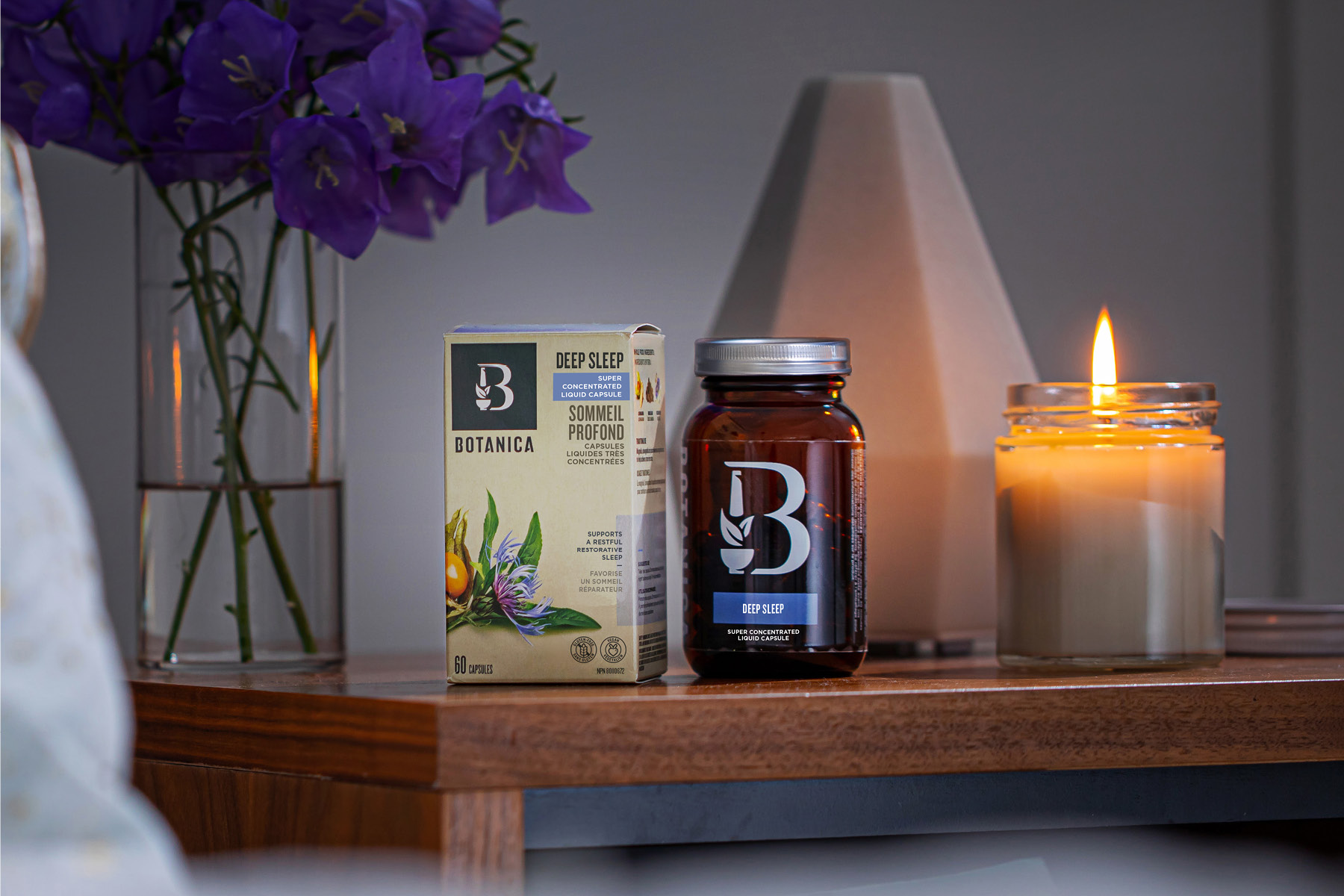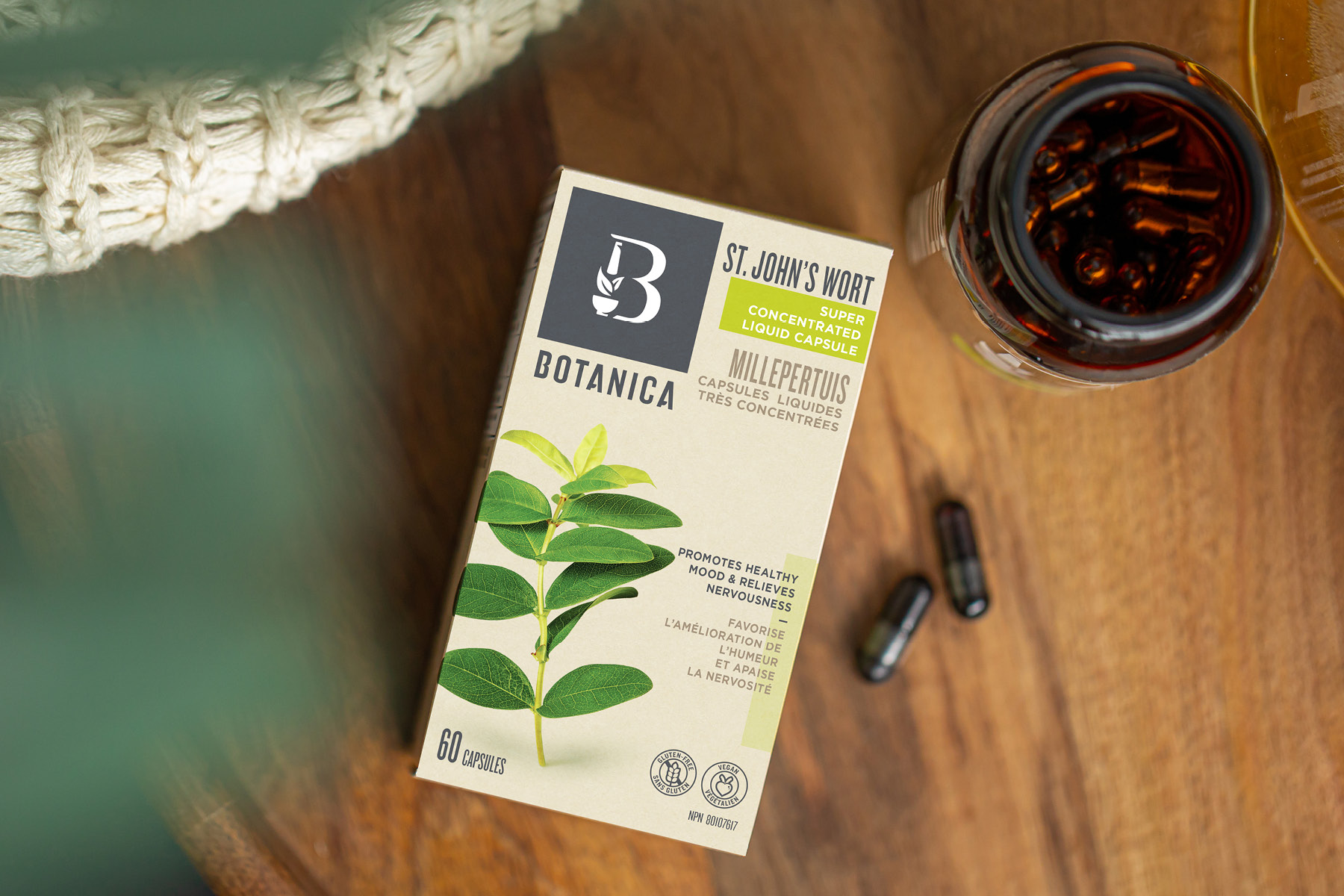Blog
5 Ways to Slow Aging by Reducing Inflammaging
Orsha Magyar, CEO & Founder, NeuroTrition Inc.March 27, 2025
The fountain of youth is something that many are searching for in an attempt to age as well as we can. In fact, since the 2020 pandemic, people have shifted their focus with respect to health. Now, many prioritize prevention and healthy living more than ever before.
Longevity is important and we want to live as long as possible — but we also want to live as well as possible. For many, aging well and healthspan (how healthy we live), has become just as important as lifespan (how long we live).
Can We Slow the Aging Process?
According to science, yes, we can. There is no magic pill for it, and of course we can’t stop aging altogether. But we can age better. This means not only retaining our youthfulness physically and mentally for as long as possible, but also reducing our risk of age-related body and brain diseases.
But HOW, you ask? There is a name for the biological process that fuels the aging process, and everything that goes along with it: Inflammaging. If we can learn to harness inflammaging and slow it down, we can indeed slow down the aging process.
Infla-WHAT?
Inflammaging.
As we age, waste products inevitably build up in our tissues. Our connective tissues, in particular, become stiffer. We can recognize these changes in our connective tissues as aging-related skin changes, creaky joints and reduced mobility.
What we can’t see is that our cell membranes, which have the critical job of moving things in and out of the cell, are also changing as we are aging. This results in our tissues having more trouble getting oxygen and nutrients, and a harder time removing carbon dioxide and other cellular waste.
Many tissues atrophy (ie. lose mass) as we age, which is another “symptom” of getting older. Tissue atrophy we can see on our bodies as we get older is merely the tip of the iceberg — the visible part of something much larger going on beneath the surface.
Inflammaging is the low-grade, chronic systemic inflammatory state associated with aging. It not only promotes the classic signs of aging, but also increases our risk of developing various age-related disorders, such as Alzheimer’s disease.
Inflammaging is characterized by an increased production of pro-inflammatory molecules called cytokines (eg. IL-1, IL-6), another inflammatory compound called TNF-α, and C Reactive Protein (ie. CRP; levels can be detected in bloodwork to give a gauge of where your inflammaging is at).
It’s hard to see inflammaging, as it insidiously creeps up on us to make us “old” (sometimes from one day to the next)! But scientists can see it under a microscope, and it is fueled by inflammation causing molecules including IL-6, IL-1, TNF-α and CRP. Interestingly, CRP (C-Reactive Protein) is a compound that measures inflammation – and inflammaging – in the body, and you can ask your doctor to have it tested with bloodwork.
What Makes Inflammaging Worse?
Research has shown us that inflammaging makes us age faster and puts us at increased risk of age-related diseases. But is there research on factors that speed up this insidious process? You bet. Here are the factors that science says speed up inflammaging:
- Unhealthy diet (refined foods, sugar, trans fats, excessive calories)
- Dietary intolerances
- IBS, leaky gut, dysbiosis, parasites, H. Pylori
- Significantly increased omega 6 to omega 3 ratio
- Chronic use of various medications (antibiotics, pain meds, etc.)
- Chronic infections
- Smoking and environmental pollutants
- Obesity
- Chronic stress or anxiety
- Poor sleep
- Poor detoxification (eg. methylation issues, elevated homocysteine)
- Over-exercising
- Alcohol
- Chronic inflammation
Is There an Anti-Inflammaging Diet?
When it comes to anti-inflammaging nutrition, there is no “one size fits all” approach. Some individuals are able to find the fountain of youth diet for lifespan and healthspan through a plant-based diet, while others find it with a ketogenic or paleolithic diet. For many, an anti-inflammaging diet focuses on identifying and eliminating food sensitivities. And for some, it means going back to their cultural diets.
It is always important to listen to your body when exploring different diets: How do you feel when you eat a particular food? The quest for the fountain of youth diet gives us an opportunity to really tune into what our bodies and brains are asking for. While there is no one diet that will slow inflammaging for everyone, there are a few science-driven holistic pillars of support that can promote healthy aging.
The 5 Pillars of Healthy Aging
1. Foundational Anti-Inflammaging Support
Our aging cells are hungry for antioxidant and anti-inflammatory nutrients, so go ahead and give them what they want! Eat plenty of vegetables, and focus on variety and local, organic or regenerative agricultural practices as much as possible.
At the same time, do your best to avoid refined and processed foods, and keep sugar to a minimum — sugar is notorious for speeding up the inflammaging process! As you are feeding your cells what they need, don’t forget that they are thirsty too. Make sure to stay well hydrated to fully embrace an anti-inflammaging lifestyle.
Many of us have the best intentions to eat in this healthy way, but it can be hard. So I recommend Botanica’s Perfect Greens Powder or Perfect Protein Powder to make sure you have your anti-inflammaging bases covered.
2. Liver Love for Anti-Inflammaging Support
As we age, our liver becomes more prone to chronic, low-grade inflammation. This contributes to the development of age-related diseases due to the liver’s critical function of filtering toxins and regulating immune responses.
Age-related conditions like obesity and insulin resistance put further stress on the liver to fuel inflammaging even more, and it unfortunately becomes a vicious cycle.
Aging also reduces the liver’s defensive abilities, and research has shown that as we get older our liver produces more inflammatory cytokines (eg. IL-6) that are associated with systemic inflammation throughout the body. Special white blood cells in the liver called macrophages can also turn on with age, causing an infiltration of immune cells that exacerbates inflammaging.
I recommend a gentle, daily detox to tackle inflammaging by supporting the liver with:
- Water, water, water
- Exercise
- Detox teas
- Dry skin brushing
- Hydrotherapy
- Sleep (more details on that later)
To show your liver some serious love, my go-to liver supporting herb is milk thistle, and you can choose between Botanica’s Milk Thistle Liquid Capsules or Milk Thistle Liquid Herb to best suit your needs.
3. Targeted Anti-Inflammatory Support
If you are looking for specific anti-inflammatory support to take control of inflammaging, look no further than the culinary and medicinal herb turmeric. This herb has a wealth of research supporting its role in reducing inflammation in the body and brain, and it is the classic choice to slow inflammaging by targeting the cellular processes of inflammation directly.
You can try Botanica’s Turmeric Liquid Capsules or, if you want to target inflammaging and you also have pain in your joints, the Turmeric Pain & Joint Liquid Capsules are your best bet. There is also a Turmeric Liquid Herb tincture or a Perfect Protein Elevated Anti-Inflammatory by Botanica with added turmeric and other anti-inflammatory ingredients for you to try.
4. The A – Zzzzz of Inflammaging
Optimum sleep is increasingly being recognized as critical for reducing inflammaging, whereas poor sleep is associated with higher levels of inflammatory biomarkers. Interestingly, sleep quantity and quality appear to help buffer against age-related increases in inflammation. As we age, we tend to:
- Sleep fewer hours
- Get less deep sleep
- Have reduced glymphatic system activity
Also, individuals with age-related neurological diseases report not getting enough overall sleep or deep sleep (which fuels brain detoxification via the glymphatic system).
If you are looking for a supplement to slow inflammaging by supporting your sleep, I recommend Deep Sleep Liquid Capsules or Valerian Liquid Herb from Botanica.
5. Stress And Inflammaging
Scientists have discovered that stress and inflammaging are very closely related, and that their relationship goes both ways. This means that chronic stress increases inflammaging, and inflammaging reduces our ability to cope effectively with stress. Talk about a vicious cycle!
To make matters worse, the toxic relationship between these two has direct effects on our hormones and neurotransmitters — playing a key role in our endocrine and mental health. Not only is the inflammaging process sped up, making us older faster and raising our risk of age-related diseases, but our adrenals and mental health are significantly impacted (affecting our energy and mood in the process).
To slow aging and make a positive impact on your adrenals and mental health by taking back control over your stress response, you can try Botanica’s Perfect Protein Elevated Adrenal Support, Holy Basil Liquid Capsule or Holy Basil Liquid Herb, St. John’s Wort Liquid Capsule or St. John’s Wort Liquid Herb.
In Conclusion
While aging is inevitable and we can’t stop it, we can harness our own biology to age better. Healthspan and lifespan are both important, and scientists are showing us just how connected our biology is to holistic modalities.
By understanding inflammaging, the insidious inflammation that creeps up on us as we age, we can arm ourselves with diet, supplement and lifestyle tools to slow it down. Furthermore, by gaining insights from research about the interplay between inflammaging and our liver, sleep, and stress, we can approach these key areas to age as gracefully as we possibly can.
References
- Franceschi C, Campisi J. Chronic inflammation (inflammaging) and its potential contribution to age-associated diseases. J Gerontol A Biol Sci Med Sci. 2014;69 Suppl 1:S49
- Franceschi C, Capri M, Monti D, Giunta S, Olivieri F, Sevini F, et al. Inflammaging and anti- inflammaging: a systemic perspective on aging and longevity emerged from studies in humans. Mech Ageing Dev. 2007;128(1):92105.
- Lin, Y. et al. (2024). Overview of Innate Immune Cell Landscape in Liver Aging. Int J Mol Sci, 25(1), 181 – 198.
- McCaleb R, Leigh E, Morien K. The Encyclopedia of Popular Herbs, Prima Health, 1999
- Karimi G, Vahabzadeh M, Lari P, Rashedinia M, Moshiri M. “Silymarin”, a promising pharmacological agent for treatment of diseases. Iran J Basic Med Sci. 2011;14(4):308-317. Available from: https://www.ncbi.nlm.nih.gov/pmc/articles/PMC3586829/
- Prasad S, Aggarwal BB. Turmeric, the Golden Spice: From Traditional Medicine to Modern Medicine. In: Benzie IFF, Wachtel-Galor S, editors. Herbal Medicine: Biomolecular and Clinical Aspects. 2nd edition. Boca Raton (FL): CRC Press/Taylor & Francis; 2011. Chapter 13. Available from: https://www.ncbi.nlm.nih.gov/books/NBK92752/
- Daily JW, Yang M, Park S. Efficacy of Turmeric Extracts and Curcumin for Alleviating the Symptoms of Joint Arthritis: A Systematic Review and Meta-Analysis of Randomized Clinical Trials. J Med Food. 2016;19(8):717-729. doi:10.1089/jmf.2016.3705. Available from: https://www.ncbi.nlm.nih.gov/pmc/articles/PMC5003001/
- Quiles JL, Mesa MD, Ramírez-Tortosa CL, Aguilera CM, Battino M, Gil A, Ramírez-Tortosa MC. Curcuma longa extract supplementation reduces oxidative stress and attenuates aortic fatty streak development in rabbits. Arterioscler Thromb Vasc Biol. 2002 Jul 1;22(7):1225-31. doi: 10.1161/01.atv.0000020676.11586.f2. PMID: 12117742. Available from: https://pubmed.ncbi.nlm.nih.gov/12117742/
- Yuan HY, Kuang SY, Zheng X, Ling HY, Yang YB, Yan PK, Li K, Liao DF. Curcumin inhibits cellular cholesterol accumulation by regulating SREBP-1/caveolin-1 signaling pathway in vascular smooth muscle cells. Acta Pharmacol Sin. 2008 May;29(5):555-63. doi: 10.1111/j.1745-7254.2008.00783.x. PMID: 18430363. Available from: https://pubmed.ncbi.nlm.nih.gov/18430363/
- Jagetia GC, Aggarwal BB. “Spicing up” of the immune system by curcumin. J Clin Immunol. 2007 Jan;27(1):19-35. doi: 10.1007/s10875-006-9066-7. Epub 2007 Jan 9. PMID: 17211725. Available from: https://pubmed.ncbi.nlm.nih.gov/17211725/
- Soni KB, Rajan A, Kuttan R. Reversal of aflatoxin induced liver damage by turmeric and curcumin. Cancer Lett. 1992 Sep 30;66(2):115-21. doi: 10.1016/0304-3835(92)90223-i. PMID: 1394115. Available from: https://pubmed.ncbi.nlm.nih.gov/1394115/
- Nicol LM, Rowlands DS, Fazakerly R, Kellett J. Curcumin supplementation likely attenuates delayed onset muscle soreness (DOMS). Eur J Appl Physiol. 2015 Aug;115(8):1769-77. doi: 10.1007/s00421-015-3152-6. Epub 2015 Mar 21. PMID: 25795285. Available from https://www.ncbi.nlm.nih.gov/pubmed/25795285
- McFarlin BK, Venable AS, Henning AL, et al. Reduced inflammatory and muscle damage biomarkers following oral supplementation with bioavailable curcumin. BBA Clin. 2016;5:72-78. Published 2016 Feb 18. doi:10.1016/j.bbacli.2016.02.003. Available from: https://www.ncbi.nlm.nih.gov/pmc/articles/PMC4802396/
- Delecroix B, Abaïdia AE, Leduc C, Dawson B, Dupont G. Curcumin and Piperine Supplementation and Recovery Following Exercise Induced Muscle Damage: A Randomized Controlled Trial. J Sports Sci Med. 2017;16(1):147-153. Published 2017 Mar 1. Available from: https://www.ncbi.nlm.nih.gov/pmc/articles/PMC5358025/
- Aggarwal BB, Yuan W, Li S, Gupta SC. Curcumin-free turmeric exhibits anti-inflammatory and anticancer activities: Identification of novel components of turmeric. Mol Nutr Food Res. 2013 Sep;57(9):1529-42. doi: 10.1002/mnfr.201200838. Epub 2013 Jul 12. PMID: 23847105. Available from: https://pubmed.ncbi.nlm.nih.gov/23847105/
- Yue GG, Cheng SW, Yu H, Xu ZS, Lee JK, Hon PM, Lee MY, Kennelly EJ, Deng G, Yeung SK, Cassileth BR, Fung KP, Leung PC, Lau CB. The role of turmerones on curcumin transportation and P-glycoprotein activities in intestinal Caco-2 cells. J Med Food. 2012 Mar;15(3):242-52. doi: 10.1089/jmf.2011.1845. Epub 2011 Dec 19. PMID: 22181075; PMCID: PMC3282471. Available from: https://pubmed.ncbi.nlm.nih.gov/22181075/
- Martin RC, Aiyer HS, Malik D, Li Y. Effect on pro-inflammatory and antioxidant genes and bioavailable distribution of whole turmeric vs curcumin: Similar root but different effects. Food Chem Toxicol. 2012 Feb;50(2):227-31. doi: 10.1016/j.fct.2011.10.070. Epub 2011 Nov 4. PMID: 22079310; PMCID: PMC3267883. Available from: https://pubmed.ncbi.nlm.nih.gov/22079310/
- Image from: Irwin, M.R. (2019). Sleep And Inflammation: Partners In Sickness And In Health. Nat Rev Immunol, 19(11), 702–715.
- Image from: Matovic, S., Rummel, C., Feldotto, M., & Gouin, J.P. (2024). Stress: Immunology and Inflammation, Chapter 12 Stress, Aging, and Inflammation, 99-118.

